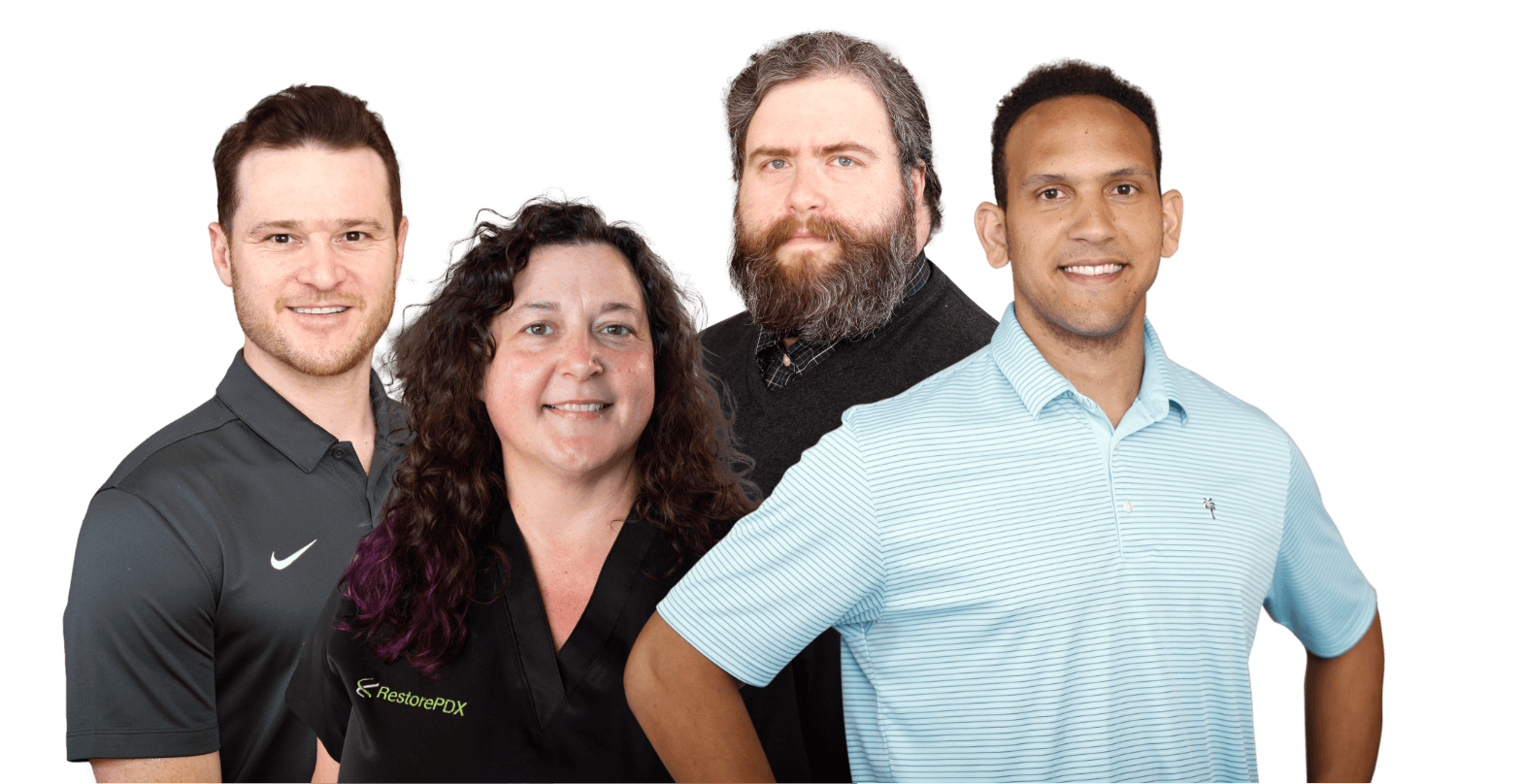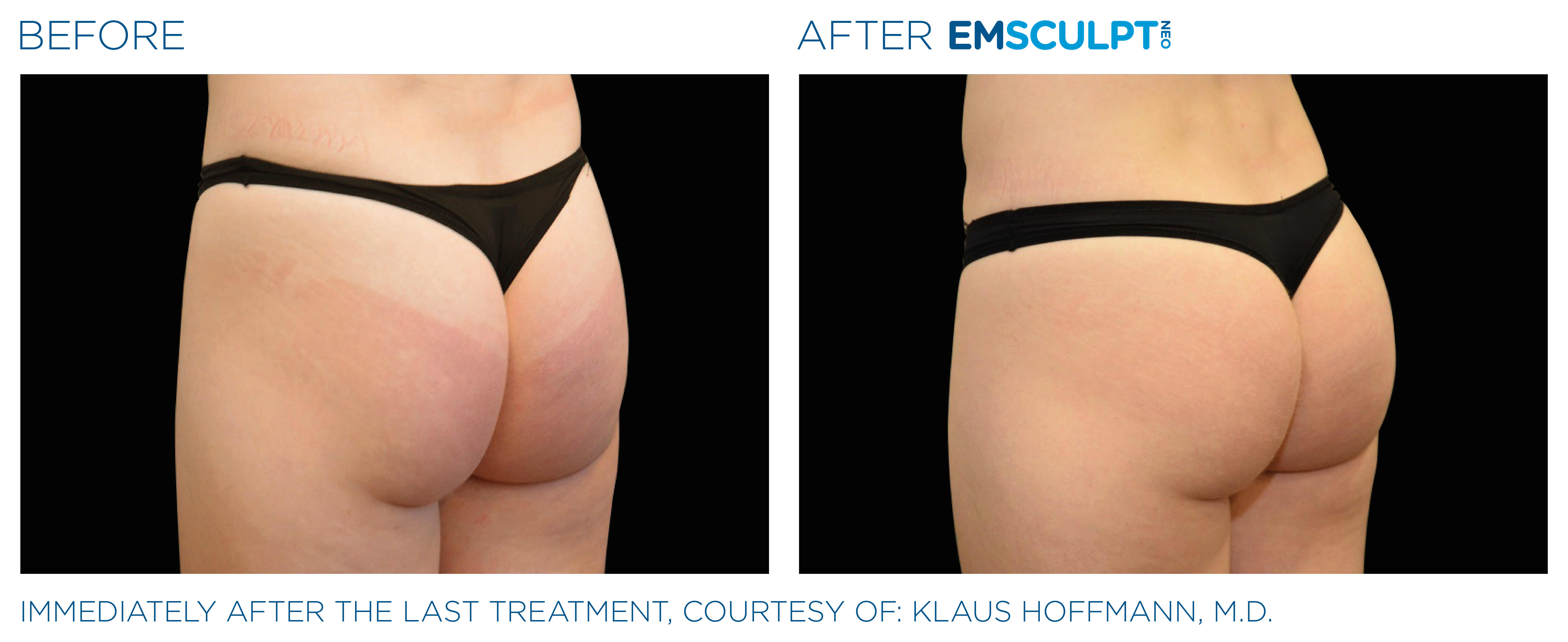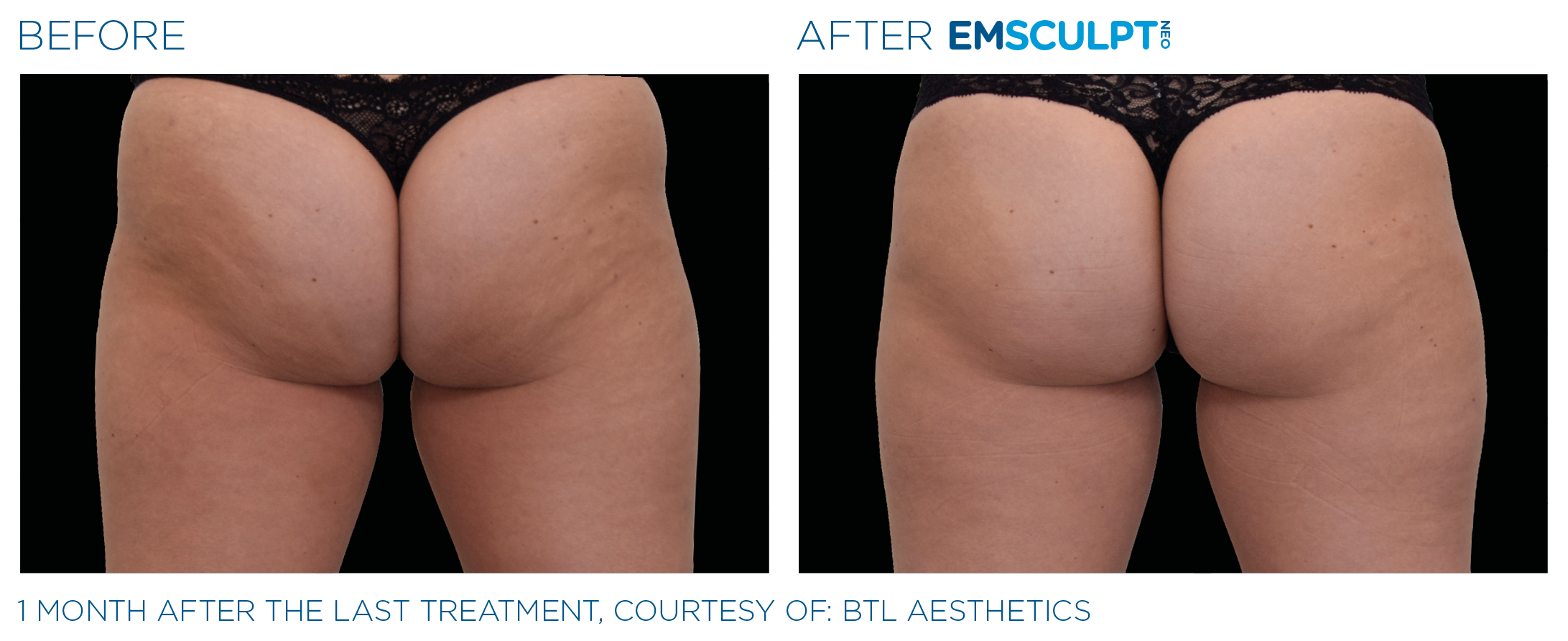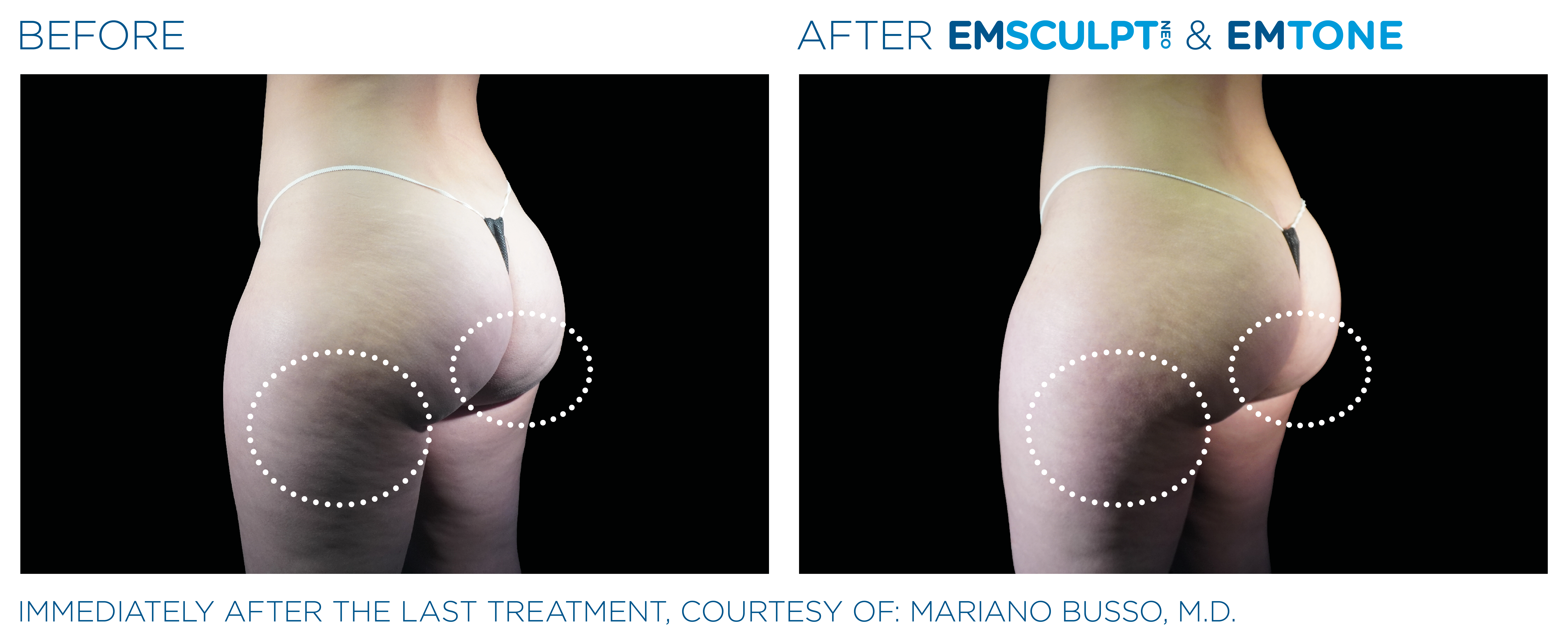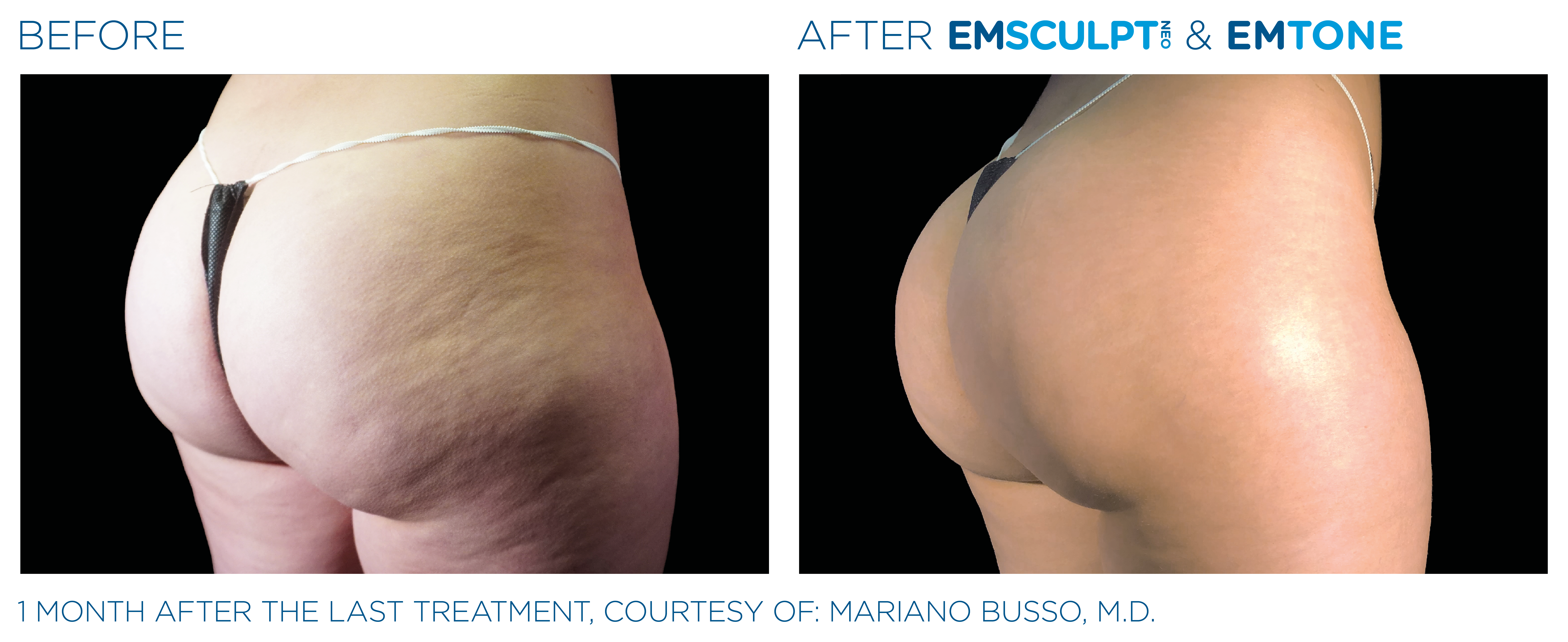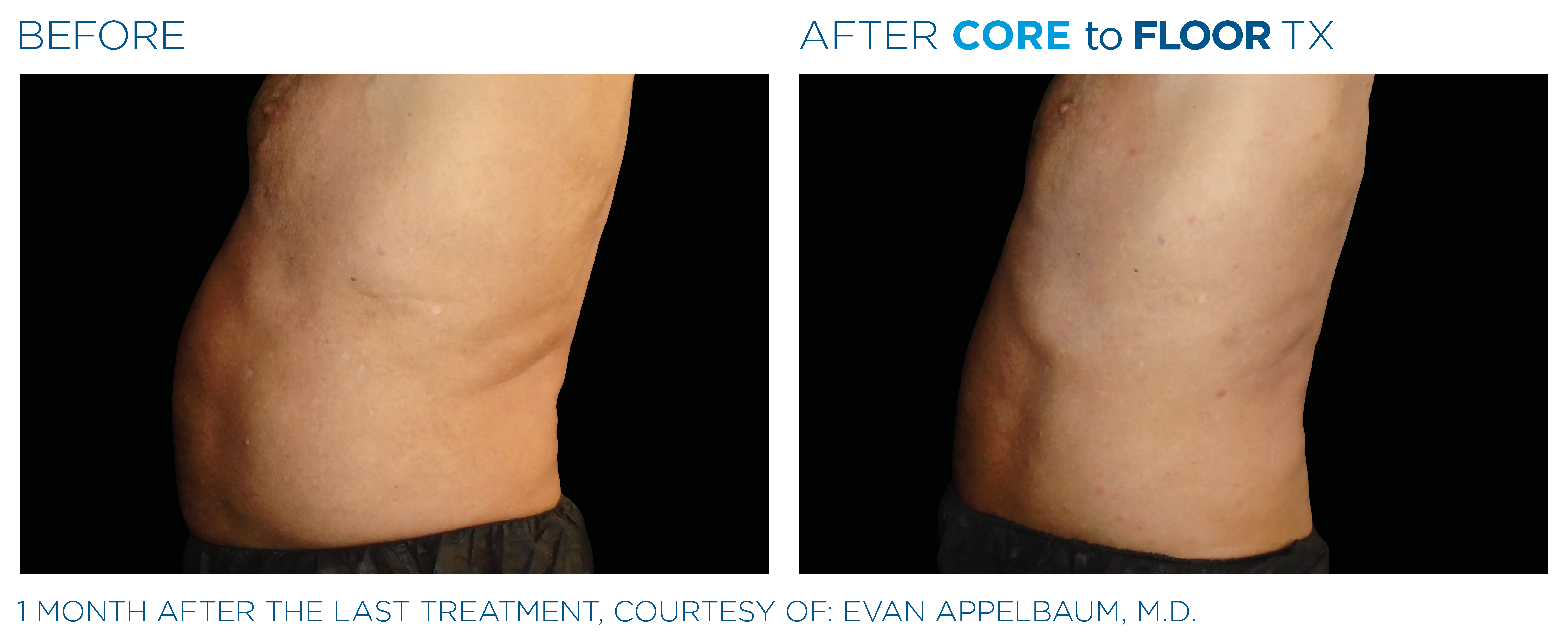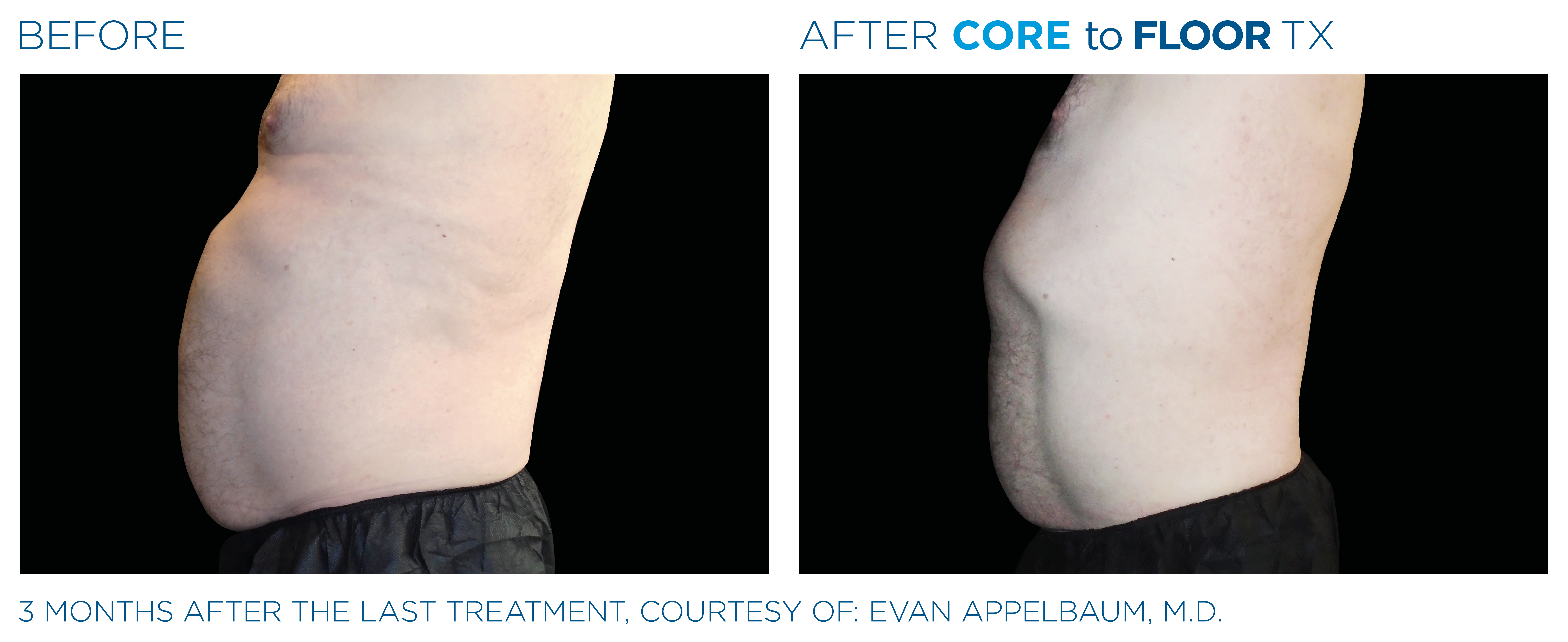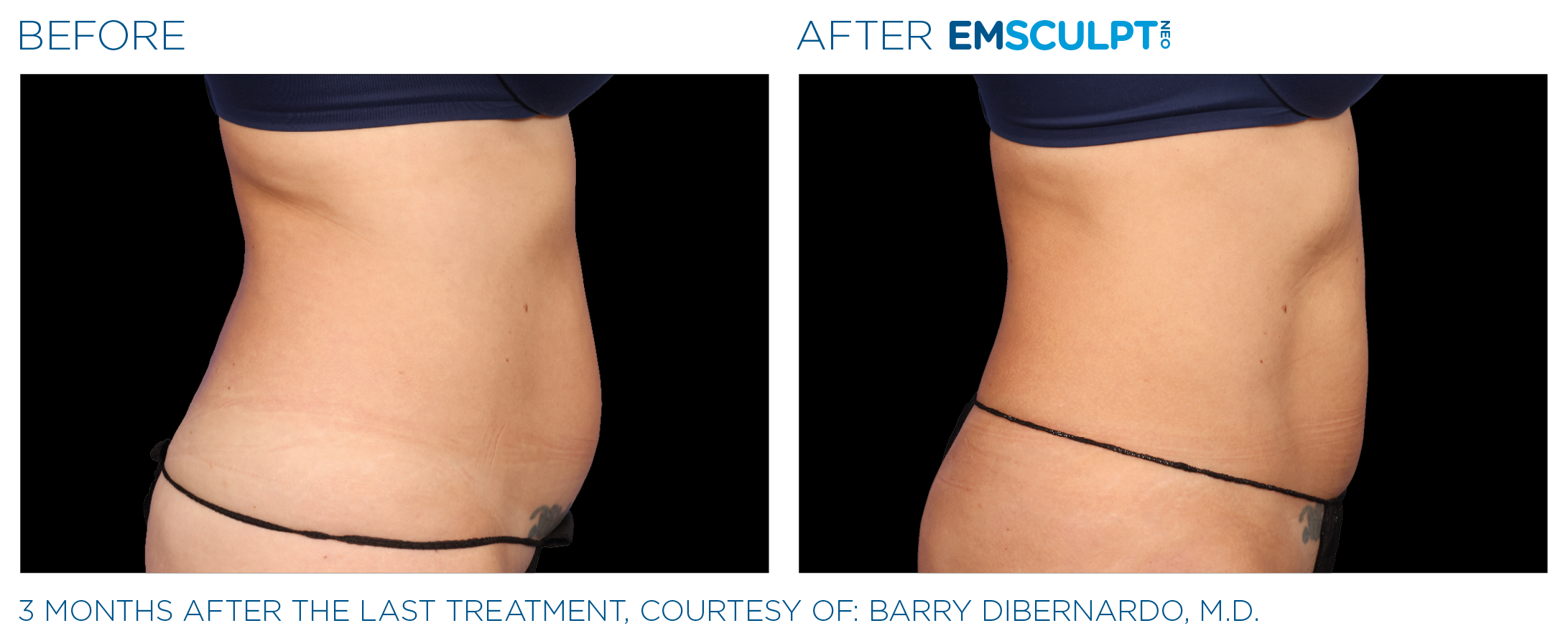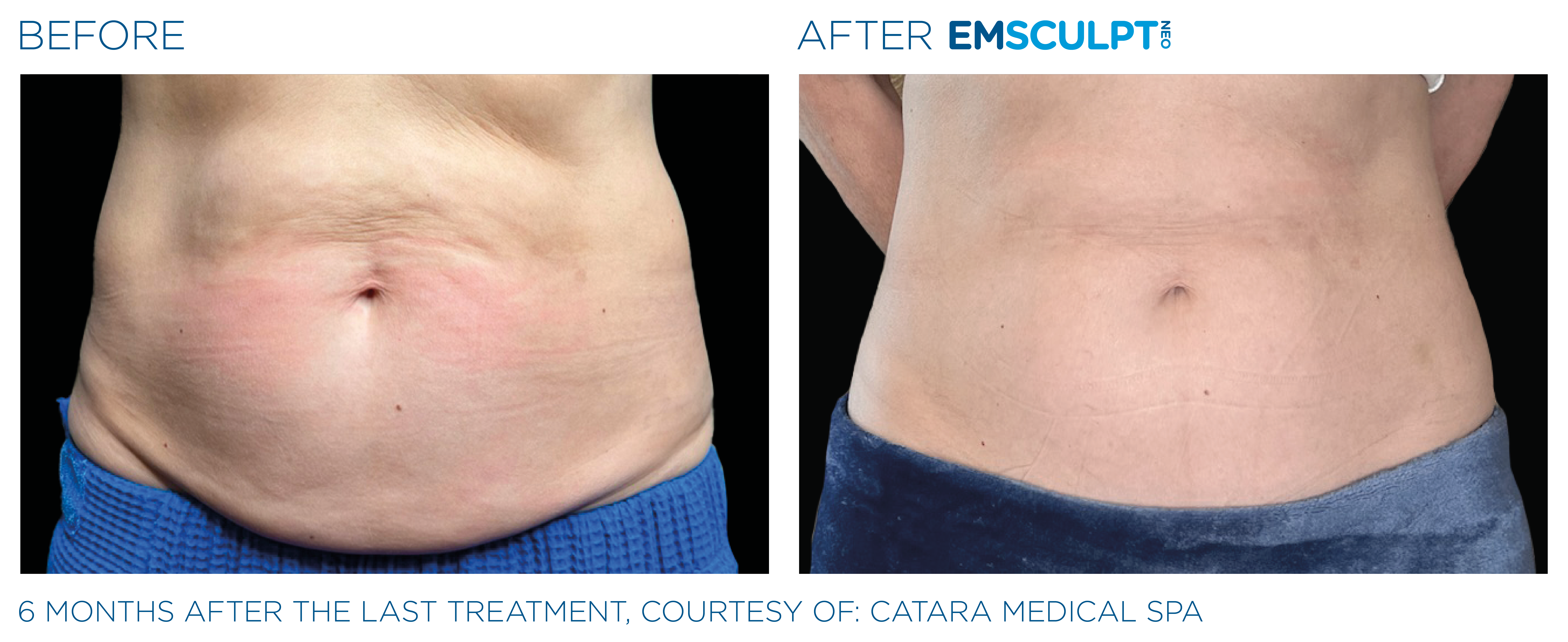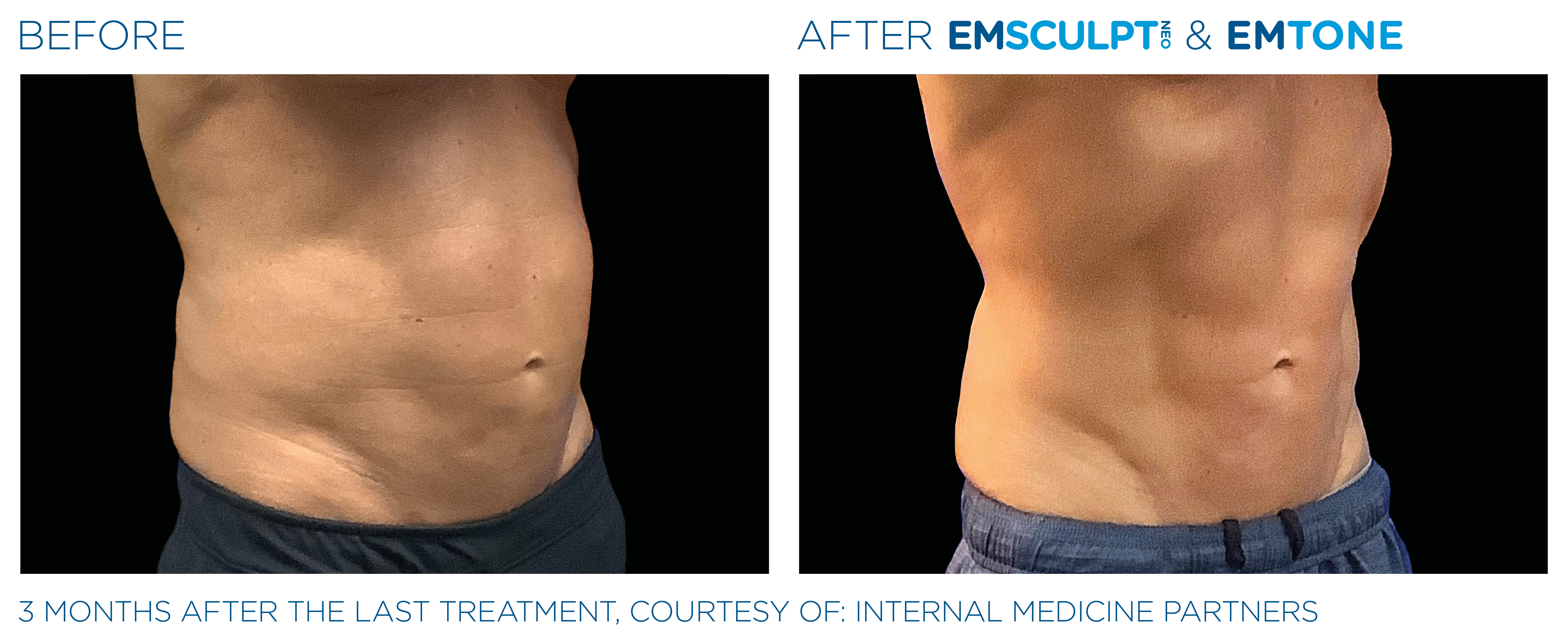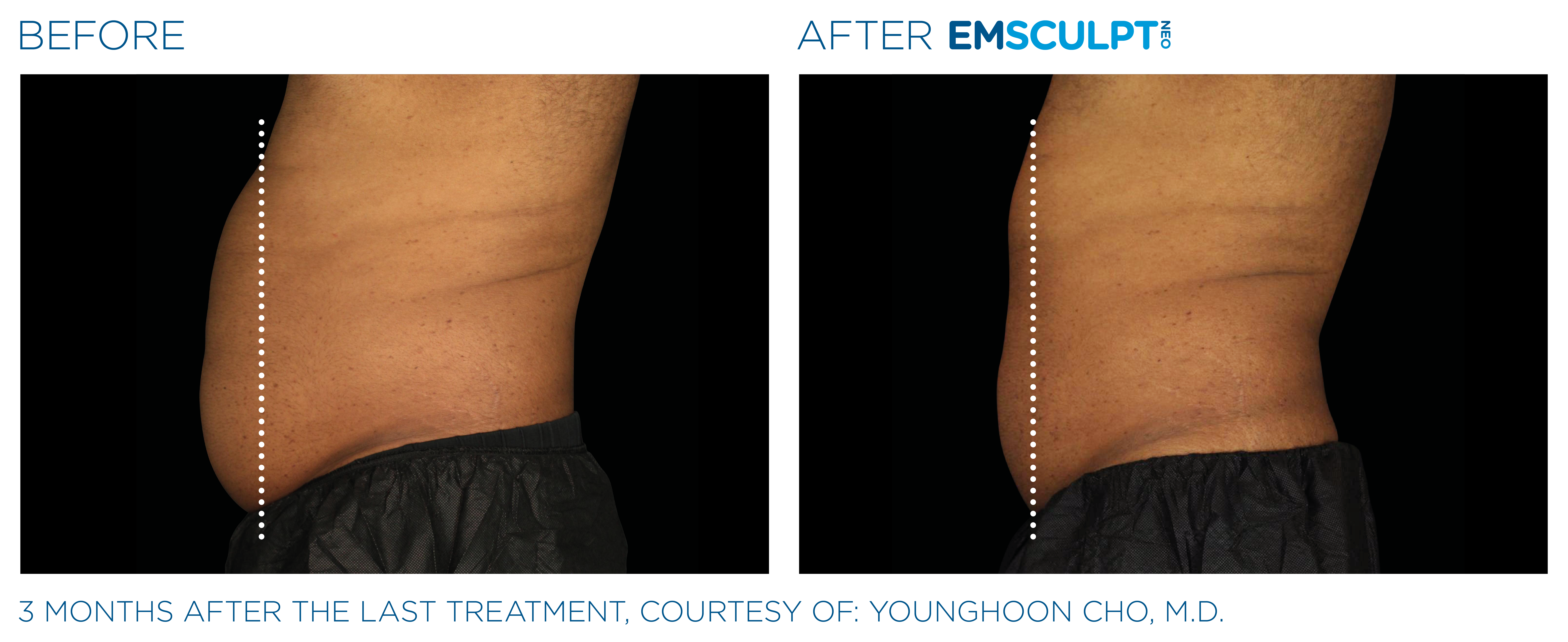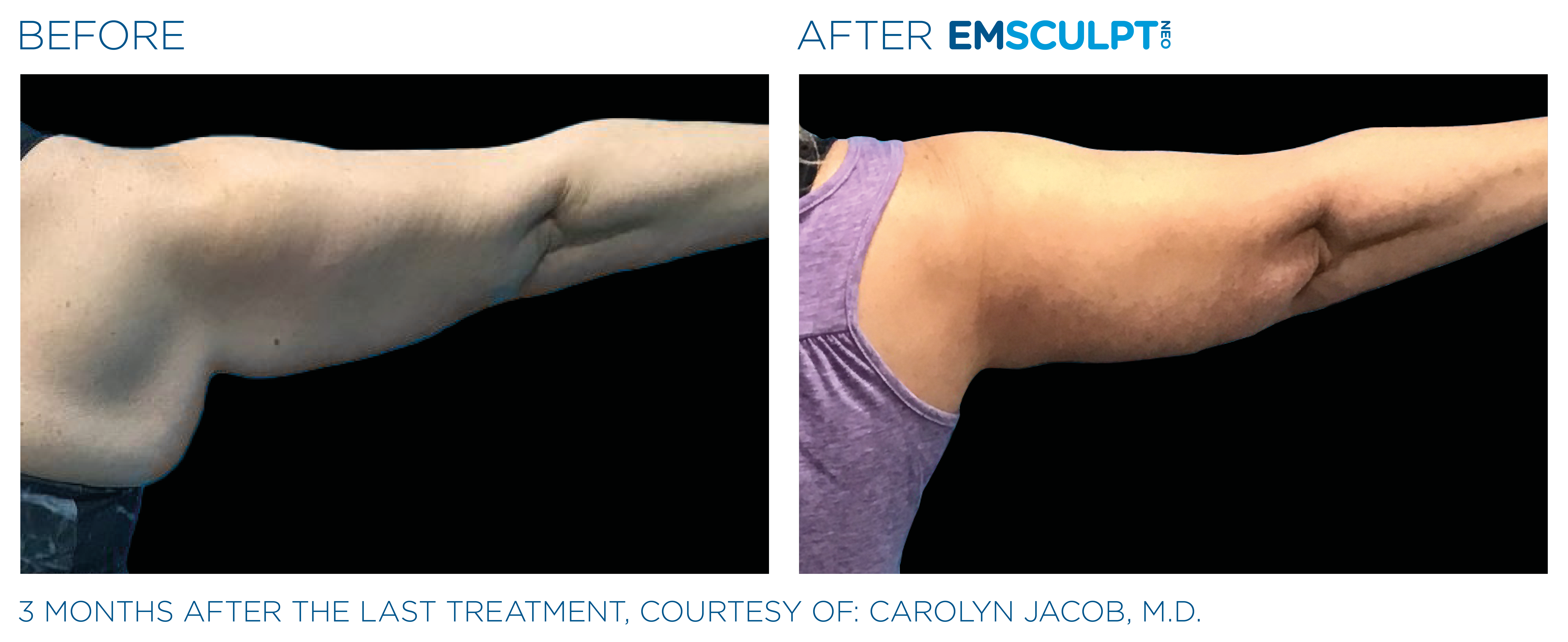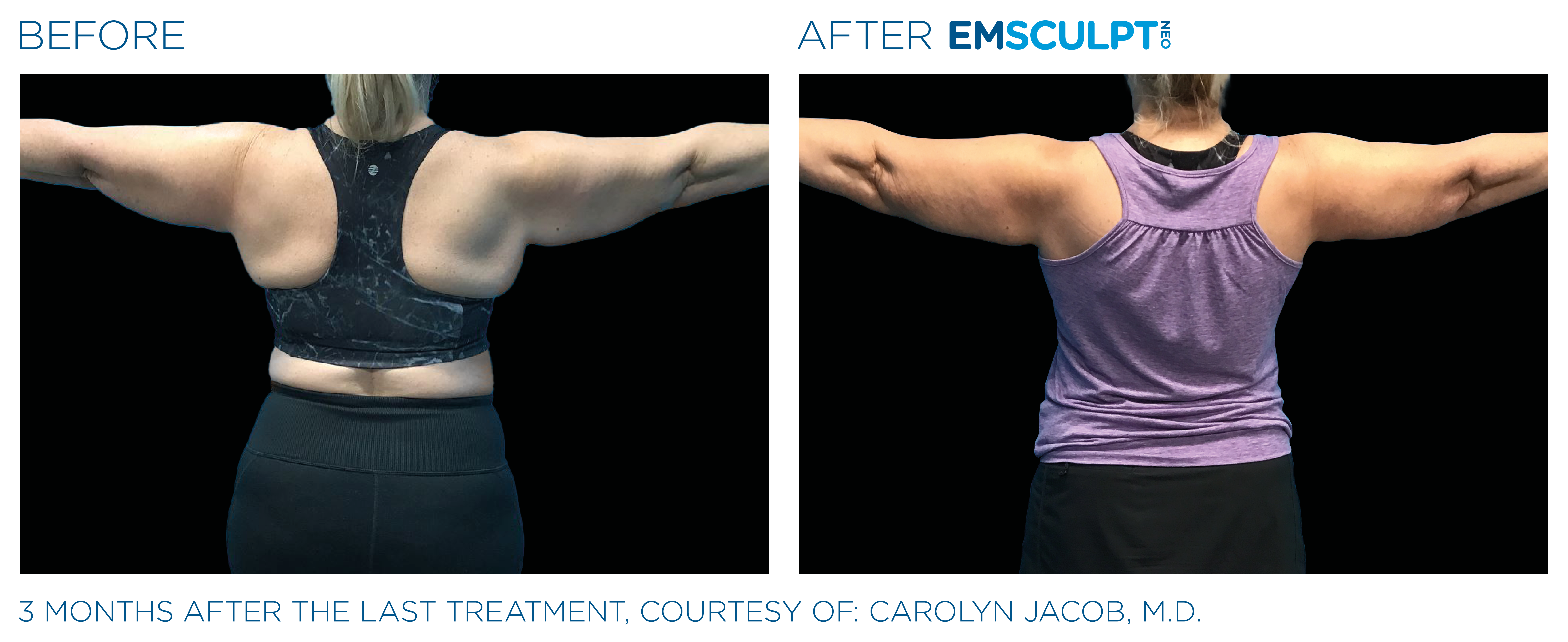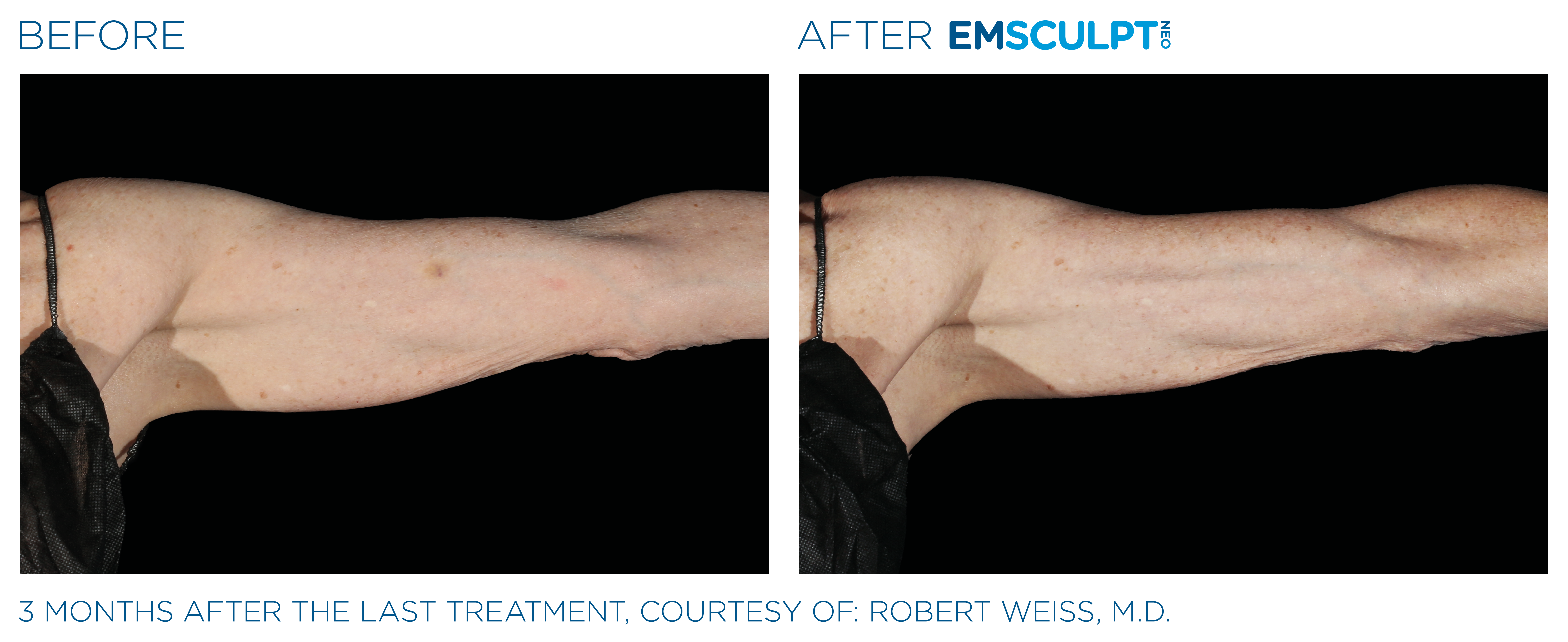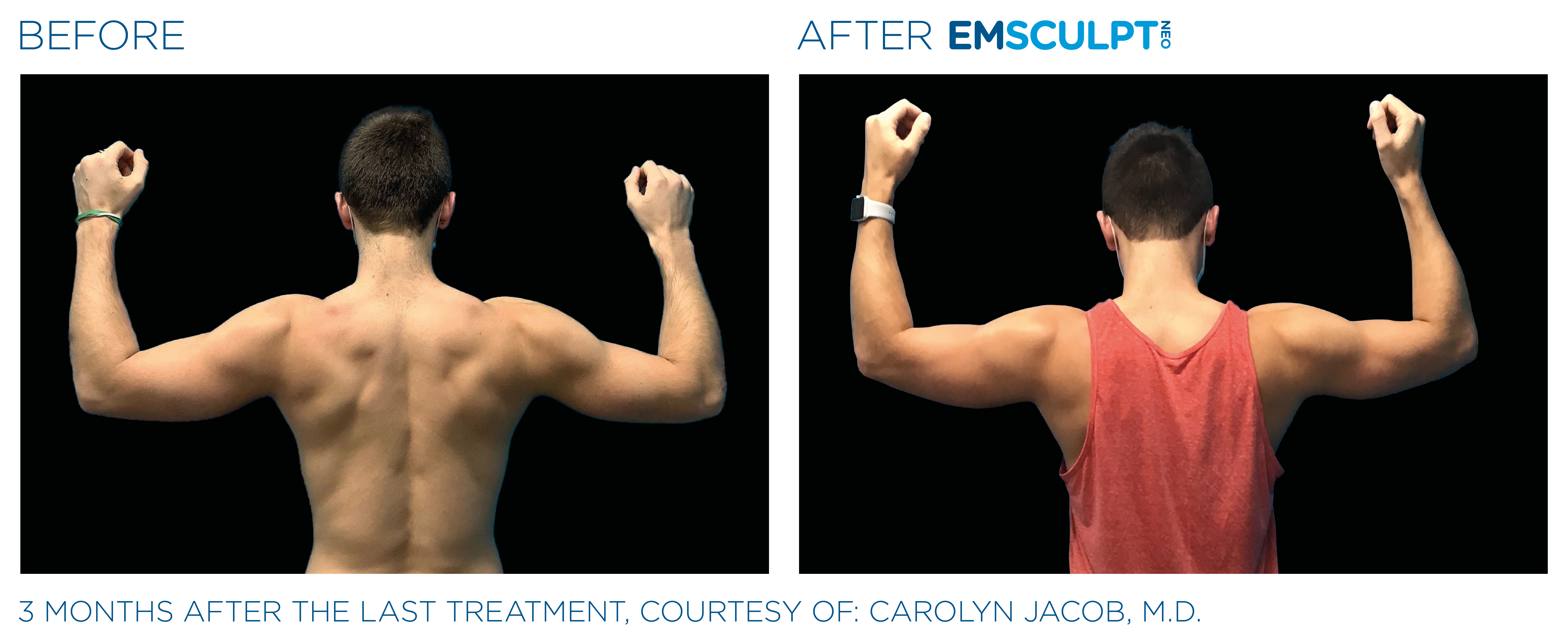FAQs
Procedures
What should I do when I arrive?
Arrival Information
Patients are expected to make the required payment (either co-payment, co-insurance or the entire procedure) at the time of check-in. Some procedures are a considerable amount and on these occasions will be discussed with the patient prior to arrival. Please bring a government issued form of identification.
Please be aware that transportation from the clinic post procedure will be required if you have chosen to be sedated. Please arrange transportation with a family member, friend or taxi (patient responsible for taxi fees) to drive you home safely.
Each of these areas play an important role in your overall and everyday health. We can provide educational information if requested. Our RestorePDX team will work diligently for you and we expect each of you to play an active role in your own health.
What do I need to know during my visit?
Our team members are dedicated to communication and caring throughout your experience with the clinic. During each interaction, RestorePDX team members strive to set clear expectations and make sure patients are informed about what we will be doing and actions they may need to take. Compassion and competency are the foundation of our team member’s professional standard.
Is there a limit to how many locations you can treat in one session?
Yes. It is important to allow your body to heal after each treatment. Treating too many areas at one time may overload the body’s ability to heal.
Why do I need a driver for certain procedures if I’m not getting sedation?
We want to make sure of your safety and the safety of others on the road. Your ability to drive might be affected by a nerve block, for example, which we might use for a sciatic or cortisone injection. If an injection is painful, that may be distracting. We don’t take safe driving lightly.
How many days will I need to take off work?
When can I start walking/exercising again?
What medications can I take over the next day or week or month?
General
Do I call RestorePDX when I need a prescription refill?
Please contact the pharmacy that filled the prescription and they contact us for verification.
Who calls me to schedule my MRI?
Will you contact me after my procedure when I need to schedule my follow up visit?
The follow-up visit should be scheduled at the time of the procedure or when the procedure is schedule. If the procedure is ordered by an outside provider, you will follow up with your ordering provider.
Do I need to sign a release to forward my records to another medical provider?
No. The law permits providers who are involved in specific care to exchange your medical records.
How do I get a procedure?
Do you send my records to all my doctors?
Why do I need to have a driver for sedation or epidural procedures? Can’t I just sit in my car/lobby for an hour?
Billing
Who can I call with billing questions?
Please call 503-535-8302 EXT 8 to speak with our billing department.
Does RestorePDX accept insurance?
Thank you for choosing RestorePDX for your healthcare needs. Please be advised of the following:
-
No Insurance Billing: Our practice operates on a cash-based model. We do not accept insurance for payment, and services are paid in full at the time of the visit.
-
Payment Policy: Payments for services rendered are due at the time of the appointment. We accept credit cards, debit cards, checks, and cash.
-
Insurance Reimbursement: We do not bill insurance companies directly, but if you wish to submit a claim for reimbursement to your insurance provider, we can provide a receipt or “superbill” with the necessary coding for your convenience. However, reimbursement is subject to your insurance policy’s terms and is not guaranteed.
-
No Guarantee of Coverage: We cannot guarantee that any insurance company will reimburse for services, and it is your responsibility to verify whether your insurance plan provides reimbursement for out-of-network providers, if applicable.
-
No Referral or Authorization Required: As a cash-based practice, we do not require a referral or authorization for services. However, if you are seeking reimbursement from your insurance, we recommend you check with your provider about any necessary pre-authorization requirements.
-
Financial Responsibility: By receiving services from RestorePDX, you agree to assume full financial responsibility for payment of all fees, including any charges related to cancellations or missed appointments as outlined in our cancellation policy.
If you have any questions or concerns regarding our payment policies, please feel free to ask before your appointment.
Does RestorePDX accept patient payment plans?
What are my payment options?
We accept cash, checks and all major credit cards. We offer Advance Care as a solution as well. Payments can be sent via mail or phone.
How long do I have to pay my bill?
What happens if I don’t pay my bill?
If I’m paying out of pocket, is there a guarantee?
Musculoskeletal
Why choose RestorePDX to improve and optimize your health?
RestorePDX works with you to get your health back where you want it. We start with a thorough, accurate diagnosis. We integrate a range of healthcare disciplines – allopathic, osteopathic and naturopathic – into a comprehensive approach to your treatment.
Since a healthy body heals faster, we collaborate with you to determine healthy lifestyle choices that fit your needs and goals. We expect that you will fully participate in your body’s healing and strengthening process.
We use state-of-the-art diagnostic tools to determine both the exact nature of your symptoms and the root cause. Our multidisciplinary team will work out your most effective treatment path.
Our practitioners bring deep experience and their wide range of perspectives, curiosity and knowledge to improve your whole body’s health.
What’s my role? What can I do to accelerate my healing?
Our regenerative medicine will set you up to heal. We do everything we can to maximize your body’s healing power. We will do our part; however, YOU are the critical factor.
We help you to understand your role in helping your body heal. We guide you through the activity, diet, sleep and ‘life balance’ adjustments that may be needed. We expect you to commit to implementing recommended changes as part of your recovery. Change is not always easy, so we have staff members and/or partnering providers, coaches, and nutritionists who are ready to support you.
What is PRP?
PRP is platelet-rich plasma. Platelets are a form of white blood cells; they are containers of growth factors. Growth factors facilitate cellular growth, proliferation, healing, and differentiation. A growth factor is typically a protein or steroid hormone. Growth factors are important for regulating a variety of cellular processes. In this case, the growth factors are natural ingredients that promote healing. They work as biologic glue, and they help build new blood vessels into the injured area.
To create regenerative PRP, your own blood is spun in a centrifuge to concentrate your platelets 5 to 10 times the ratio that would be found in your bloodstream. Injecting platelets directly into injured tissue (rather than waiting for cells to move in on their own) can aid in the recovery of cartilage, tendons and ligaments that don’t have a good blood supply of their own, so they do not mount their own healing response as effectively.
What is Cellular Therapy?
Certain cells in your body carry the ability to transform themselves into the specific cell type needed for regenerating damaged tissue. These cells can differentiate into cartilage, ligament or disc material. We isolate them from your own bone marrow or fat cells.
How do you decide whether to use Bone Marrow/Adipose Cell Therapy (BMAC) or PRP?
To determine if PRP or BMAC is an appropriate approach, a consultation with a regenerative medicine specialist is recommended. If the harvesting effort was the same and the cost was no different, we would always use BMAC. We often start with PRP because it is much less invasive, complex and expensive than harvesting bone marrow and adipose tissue. Where patients have more severe disease, meniscal tears, tissue or labrum or disc injuries, BMAC injections work as seeds, and often produce better results. Because of this more challenging process, cellular treatments cost more than PRP.
How is RestorePDX different from other clinics offering PRP?
Unlike most pain-treatment clinics, we are deeply committed to building a precise diagnosis before we decide on a treatment path. RestorePDX is the only clinic with a full staff of multidisciplinary providers who embrace the philosophy of whole-body health: the healthier you are, the faster you will heal.
RestorePDX was founded by a radiologist who has learned how to identify pain in medical imaging. Without that specific radiology expertise, other clinics may miss the complexity of what’s causing your pain; it’s often not where you feel it. With our expertise in radiology, we can identify contributing factors – and be sure we are treating the cause(s). We want to solve your whole problem.
RestorePDX approaches spine diagnostics with advanced imaging, deep experience in radiology, and a solid history of providing successful treatment. The spine is far more complex than a knee or hip. Detailed MRI, ultrasound and x-ray diagnostics allow us to identify hidden causes and guide our treatment, improving the prospects for resolving your pain. To build our range of treatment options, we are continuously learning from universities and clinical sources around the world. We do careful follow-up evaluations with MRI, ultrasound and functional evaluations after your pain has subsided to learn more about how our treatments are working for you.
And, unlike other clinics, RestorePDX has an experienced sedation nurse on staff to address any discomfort associated with the treatment.
Where in the process does it hurt, and for how long?
Our staff sedation nurse takes the necessary steps to mitigate pain with local anesthetic and anything else that’s needed. We provide personalized instructions (and prescriptions, if needed) for you to mitigate your own pain for the first 1-2 days to several weeks, depending on the procedure. This is rarely needed longer than 2 weeks.
Regenerative injections trigger your healing response, which starts with inflammation. After injections, many people feel an increase in their pain that typically lasts from 2 days to 2 weeks. Some people have prolonged inflammatory phases, up to 6 weeks. As this first phase inflammation subsides, so does the pain. In the second healing phase, the tissue proliferates: the body assembles “scaffolding”, which takes from days to months. The third phase of healing is maturation: with the scaffolding in place, the tissue fills in, which may take from weeks to years.
What is the rate of success?
The patient’s overall health is one of the main factors. If you are generally healthy, if your blood sugar is under control, and you have a normal BMI, your chances are at their best. Of course, the severity of your injury is a factor too. Age is less of an issue; patients of all ages can benefit. Our biggest concerns – the red flags – come up when a patient is diabetic, a smoker, overweight, or if they have problems with multiple joints and back pain. How long you’ve had restricted range of motion is also a factor.
Healthy patients may see pain reduction or full restoration of the joint.
Get Answers From an Expert
We actually do things a little differently here at RestorePDX. Rather than waiting on hold for long periods of time or not getting called back at all, have us call you!
We have a new patient coordinator that you can schedule a 10-minute call with.
